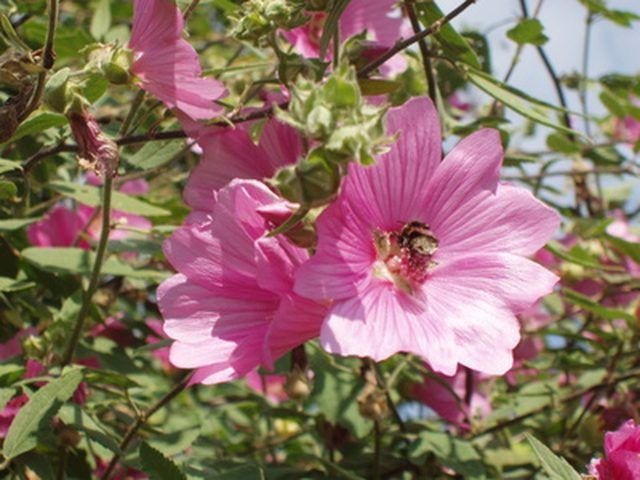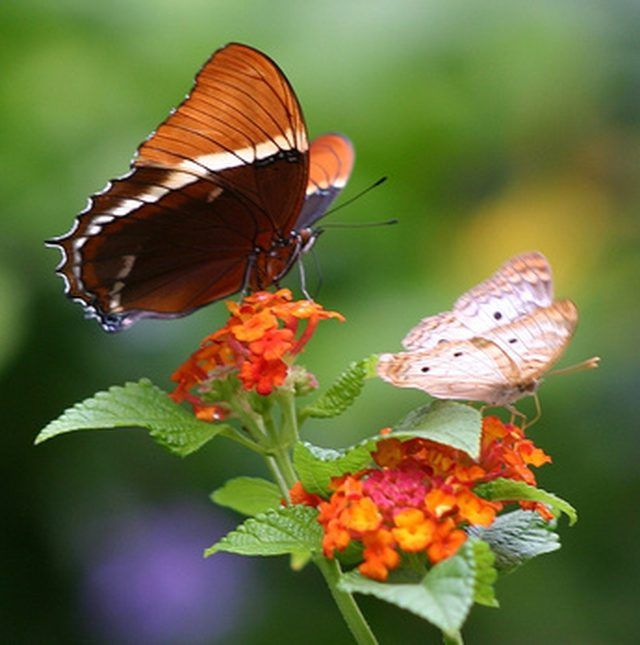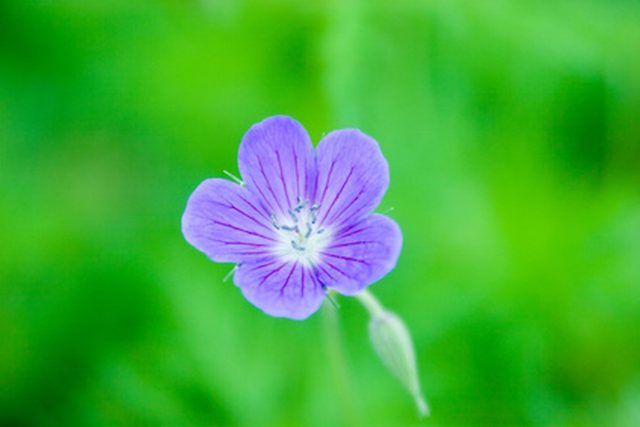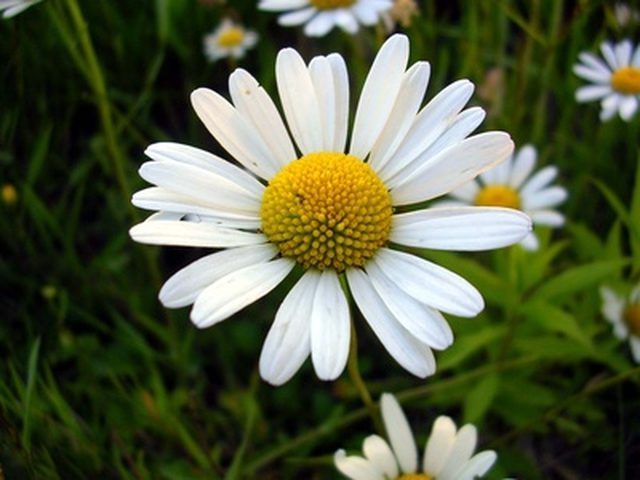Bulbs
Flower Basics
Flower Beds & Specialty Gardens
Flower Garden
Garden Furniture
Garden Gnomes
Garden Seeds
Garden Sheds
Garden Statues
Garden Tools & Supplies
Gardening Basics
Green & Organic
Groundcovers & Vines
Growing Annuals
Growing Basil
Growing Beans
Growing Berries
Growing Blueberries
Growing Cactus
Growing Corn
Growing Cotton
Growing Edibles
Growing Flowers
Growing Garlic
Growing Grapes
Growing Grass
Growing Herbs
Growing Jasmine
Growing Mint
Growing Mushrooms
Orchids
Growing Peanuts
Growing Perennials
Growing Plants
Growing Rosemary
Growing Roses
Growing Strawberries
Growing Sunflowers
Growing Thyme
Growing Tomatoes
Growing Tulips
Growing Vegetables
Herb Basics
Herb Garden
Indoor Growing
Landscaping Basics
Landscaping Patios
Landscaping Plants
Landscaping Shrubs
Landscaping Trees
Landscaping Walks & Pathways
Lawn Basics
Lawn Maintenance
Lawn Mowers
Lawn Ornaments
Lawn Planting
Lawn Tools
Outdoor Growing
Overall Landscape Planning
Pests, Weeds & Problems
Plant Basics
Rock Garden
Rose Garden
Shrubs
Soil
Specialty Gardens
Trees
Vegetable Garden
Yard Maintenance
How Do Flowers Attract Insects?
How Do Flowers Attract Insects?. Few things in life are more enjoyable than to watch a patch of colorful flowers swaying in the breeze, giving off pretty scents and with insects---such as bees and butterflies---alighting from plant to plant. Although it may be relaxing for humans to watch, the activity is a sort of "business relationship." To...

Few things in life are more enjoyable than to watch a patch of colorful flowers swaying in the breeze, giving off pretty scents and with insects---such as bees and butterflies---alighting from plant to plant. Although it may be relaxing for humans to watch, the activity is a sort of "business relationship." To reproduce, most plants need to spread pollen to other flowers to create seeds. To help with this job, flowers attract insects and forge a mutually beneficial relationship.
In the Air
The ways flowers attract insects evolved over time into an efficient means of pollination. To draw an insect's attention, most flowers advertise themselves by being brightly colored and sitting atop long stems, so they wave in the air and are closer to where insects are flying, rather than on the ground. Beyond color, a flower's petal sizes and shapes also attract insects. Some insects are attracted more to certain flowers than to others. For example, tiny wasps like tiny flowers such as alyssum.
Nectar and Pollen
Insects need energy and protein that come from food. Deep in a flower's center is a "nectary" which produces nectar, a sugary solution insects like that provides carbohydrates. Plant pollen is rich in protein, which insects need for building tissues. Bees, for example, carry back pollen and nectar to their hives to help their young bees develop.

Scent
Plants also produce scents to attract insects, probably as a way to advertise that food---nectar and pollen---is available. As the insect is drinking nectar or gathering pollen, it moves around in a flower and pollen grains, which sit atop long thin stalks in the flower's center, collect on its legs or underside. When it moves to another flower, pollen can travel down a tube called a stigma to where the plant's ovules are. The ovules contain eggs. When a grain of pollen reaches it, an egg is fertilized and develops into a seed. According to The Flower Expert, flower fragrance probably evolved from chemicals meant to fend off plant-eating animals. But once insects who visited the flowers learned that the chemicals were not irritating or a deterrent to them, they began to selectively visit flowers with these fragrances.
Nectar Guides
Petals sometimes have lines or other markings, called nectar guides. These help lead insects to a flower's center, where both the flower's nectar and reproductive systems lie. According to the North Carolina State University College of Agriculture and Life Sciences, in flowers popular with bees, the nectar guide is sometimes a region of low ultraviolet reflectance near the center of each petal. The reflectance is invisible to human eyes but not to bees.

Attracting Beneficial Insects
To have a top garden, gardeners can plant flowers that draw "good" insects that eat those insects that can cause damage---aphids, the Colorado potato beetle, Harlequin bugs, green cabbage worms, tomato hornworms, flea beetles, corn ear worms and many other caterpillars, and Japanese beetles. Adams County, Maryland, master gardener Martie Young says, "Every one of these pests is eaten or parasitized by lady bugs, green lacewings, bees, wasps and flower flies." She recommends planting flowers such as foxglove and daisies and those that are red, yellow or blue.
